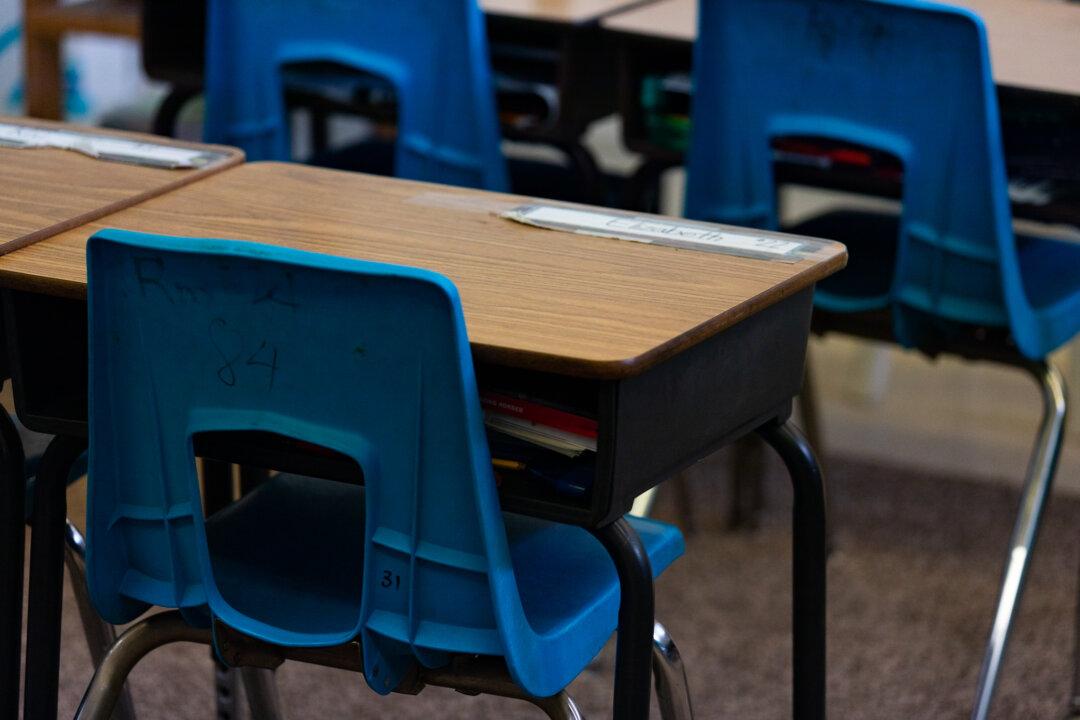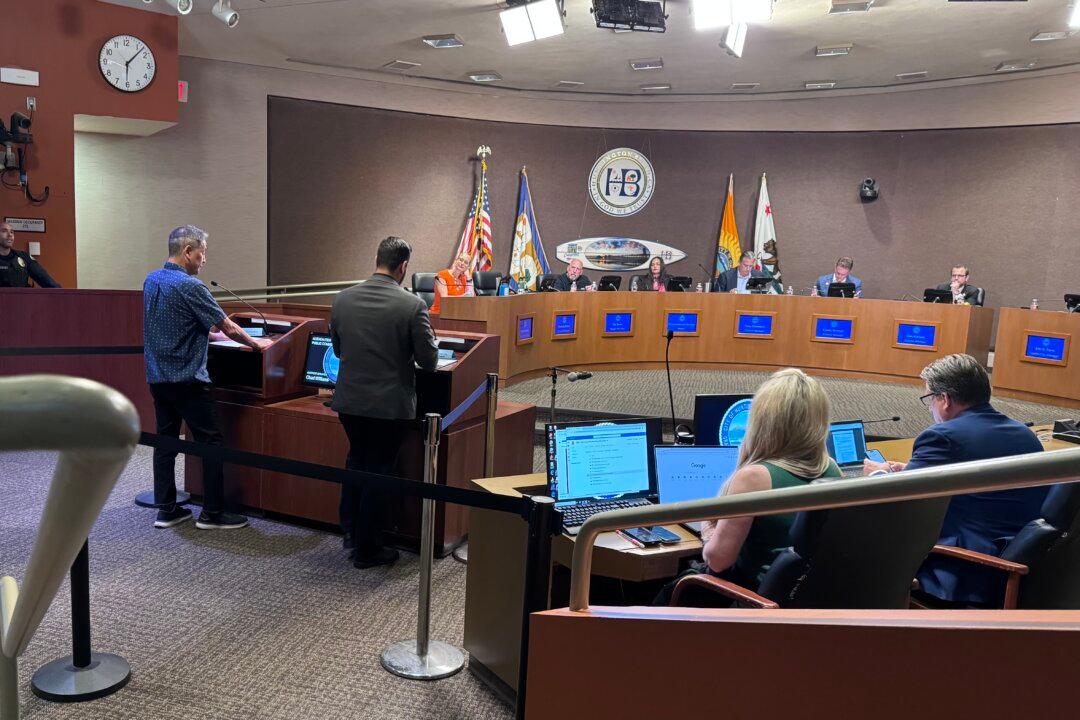A new report by the U.S. Education Department shows that students in California performed better than other states over the past three years, with the Los Angeles Unified School District making some improvements. But overall, students across the nation are still heavily affected by pandemic learning loss.
Eighth and fourth graders in nearly every state across the nation are achieving lower mathematics scores than pre-pandemic years, while average reading scores also declined in the majority of states, according to the “Nation’s Report Card,” released on Oct. 23 by the U.S. Department of Education’s National Center for Education Statistics.





